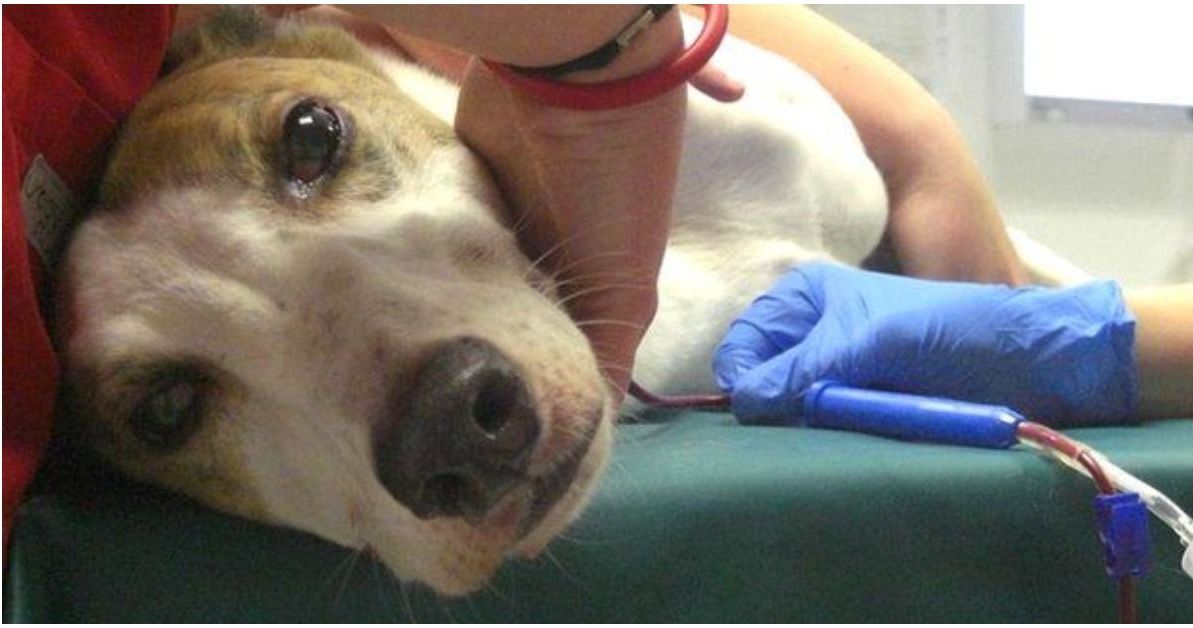These days pet owners are keeping their animals for longer, and going the extra mile to keep them healthy.
It's not unusual to meet owners who have treated their dog or cat for cancer or other serious diseases.
But what we all take for granted is that dogs and cats need blood transfusions during their treatments and surgeries.
And just like humans, animal blood banks say they are always looking for more donors.
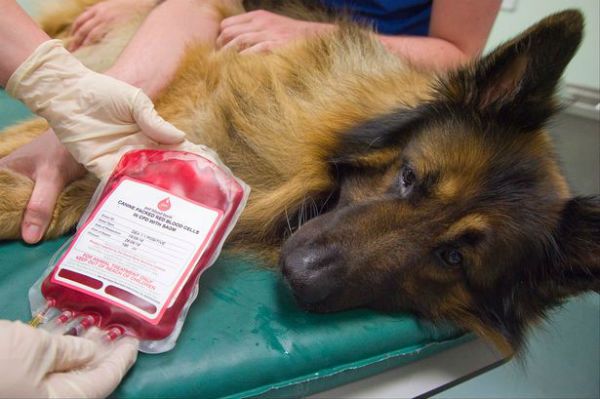
Sit, stay, give blood
If you're interested in making your pet a doggy donor, the first step is to find your local pet blood bank.
Blood banks, veterinary colleges, some animal charities, and most local animal hospitals will all collect blood from dogs and cats - either year-round or at special blood drives.
Like humans, dogs and cats have blood types (dogs have more types than cats) and there are important "universal donor" types.
But supplies often run short, so any healthy blood donors are welcomed.
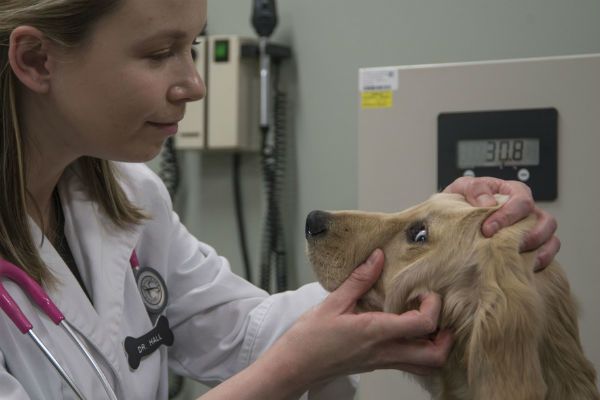
Before your dog or cat can give blood, they need to pass a number of important health requirements:
- The animal must be in good health, with no serious conditions
- The animal can't be taking medication (except some common flea and tick products)
- The animal must have a normal temperature, heart rate, and breathing rate
- Dogs usually have to be 50 pounds or heavier to donate, but most adult cats can donate because vets collect a smaller amount
- Some clinics and vets have restrictions for dogs who have traveled overseas
- Elderly dogs and cats (depending on their size) are usually not allowed to give blood
For dogs, the most important requirement is that they show a good attitude, and don't seem upset.
"If the owner has to drag it through the door, we wouldn't allow such a dog to be in the program," one vet told ABC News.
What should I expect when my pet gives blood?
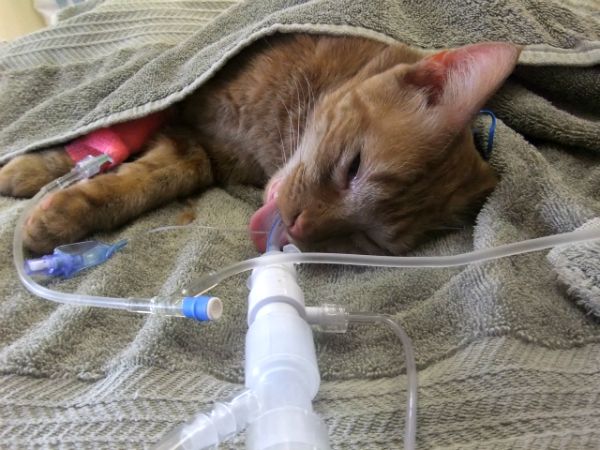
The procedure is a little different for dogs and cats.
Cats tend to put up a fight or run away, so they are sedated before they give blood, while dogs are not.
A sample is taken from the animal's leg or jugular to test the blood, then the full donation is drawn from the jugular.
A spot on the animal's neck has to be trimmed and disinfected before the blood is drawn.
The actual donation takes just 5 to 10 minutes, and dogs get plenty of pets and praise throughout.
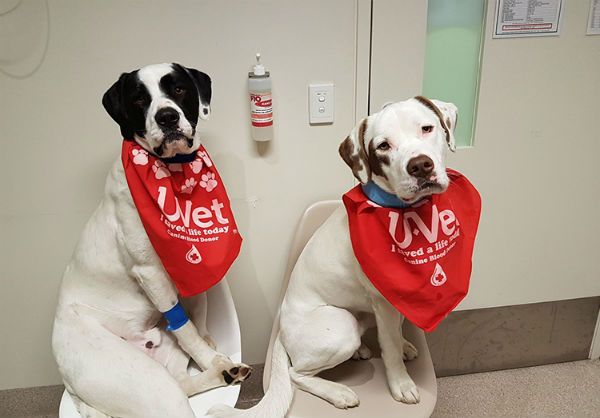
"It is not a painful procedure," says Jenny Walton, the veterinary supervisor for the UK's Pet Blood Bank.
"Which is confirmed by lots of our repeat donors - many of whom have donated for a few years - bounding through the session doors to see us with their tails wagging."
While cats recover with an IV drip after the donation, dogs get toys, snacks, and water in a quiet room to relax.
Dogs need to give blood too says charityDogs give blood too ðŸ¶â¤ï¸
Posted by BBC South on Tuesday, June 13, 2017
The animals generally need to rest for a few hours, but otherwise donating is no big deal.
Some vets will even give gift cards, treats, food, or "I donated" bandannas to the helpful animals. But don't expect to be paid, because it would give the wrong impression.
Find where your pet can donate blood by clicking this link.
Here are more surprising animal stories:
